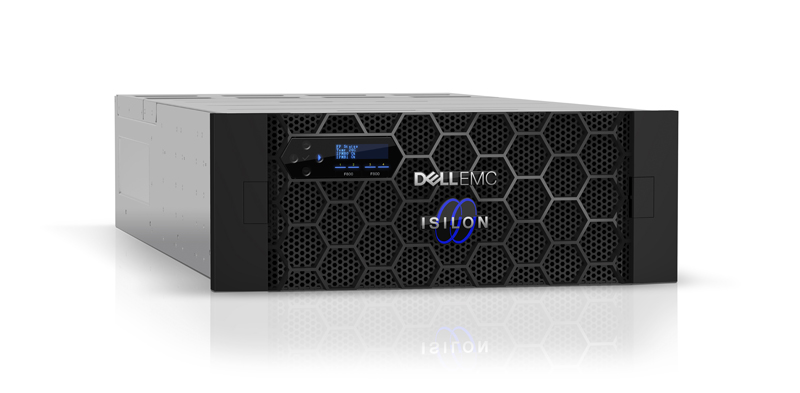

(1) Tracking stock worth $9.10 per share in value at the time of announcement, which will be “linked to a portion of EMC’s economic interest in the VMware business”. The ingredients of the $67B deal - the $33.15 per share at the time of announcement - that EMC shareholders are to receive break down as follows: Think of the sources of these funds as a bit like a recipe - only one where you have wiggle room for how much you need of each ingredient, depending on how much you have stored in the kitchen cupboard. We’ve attempted to simplify and show the proposed financing sources and uses below: But even though some asset sales are likely in the future, Dell-EMC management believes EMC will retain its federation-like structure.įor now, the short answer is that Dell plans to fund the deal through a combination of (1) stock, (2) new equity, (3) debt, and (4) existing cash.

It’s certainly possible that the combined Dell-EMC entity could sell assets to generate additional cash in the future, including anything from a partial sale of VMware (easiest to do as it is already publicly traded) or an IPO of Dell’s security business Secureworks ( rumored to be on confidential file with the SEC for an offering worth $1B at the low end) to publicly floating Pivotal sooner than later (already expected to IPO at some point). That is the (63) billion dollar question! We need to understand how EMC shareholders will receive, as announced, “a total combined consideration of” $33.15 per share with approximately 2B diluted shares outstanding. Because how else can the smaller python eat the much larger cow ? Put in transaction terms, just how do you pull off financing a $67B deal with $4.25B in cash? The debt component of this deal is particularly dramatic. * It represents the largest financing commitment for a technology deal ever, with up to $50B in debt - more than twice as large as any previous deal in history. * It’s the largest technology acquisition in history - and the largest North American M&A deal in any sector this year, even amidst many other large M&A deals.

* It’s the largest take-private in the history of buyouts - bumping from the top-five list Dell’s own $24B take-private transaction. So pulling the deal apart is a bit like opening a set of Russian nesting dolls, backwards: starting from the smallest detail to work our way outwards to the surface and current story… The financial details of the dealįor those who don’t closely follow mergers and acquisitions (M&A) activity, the Dell-EMC deal represents many superlatives: And all three companies involved were already incredibly complex - not just in their organizational and business structures, but in their ownership and capital structures as well. The amount of debt used to finance the deal is staggering. The sheer size as a leveraged buyout is unprecedented. How Dell and EMC put this deal together is interesting, as a lot of experts thought a buyout deal of this size could never happen - and certainly not in technology. This deal is a new way for something to give. Many tech industry incumbents are stalling - in revenue growth, in investor interest, in strategic position - and something has to give. This is the first, big, over $50 billion transformative deal that we believe points the way to the future of many large public incumbent technology companies. While analyses of the deal so far have been devoted to the (more straightforward) implications for the computing, storage, and networking industries or the (less straightforward) financing of the transaction, analyzing these threads together reveals a far more interesting story: Dell recently announced an agreement to acquire EMC - a n d w i t h i t, control of V M w a r e - in a deal valued at $67 billion at the time of the announcement.


 0 kommentar(er)
0 kommentar(er)
